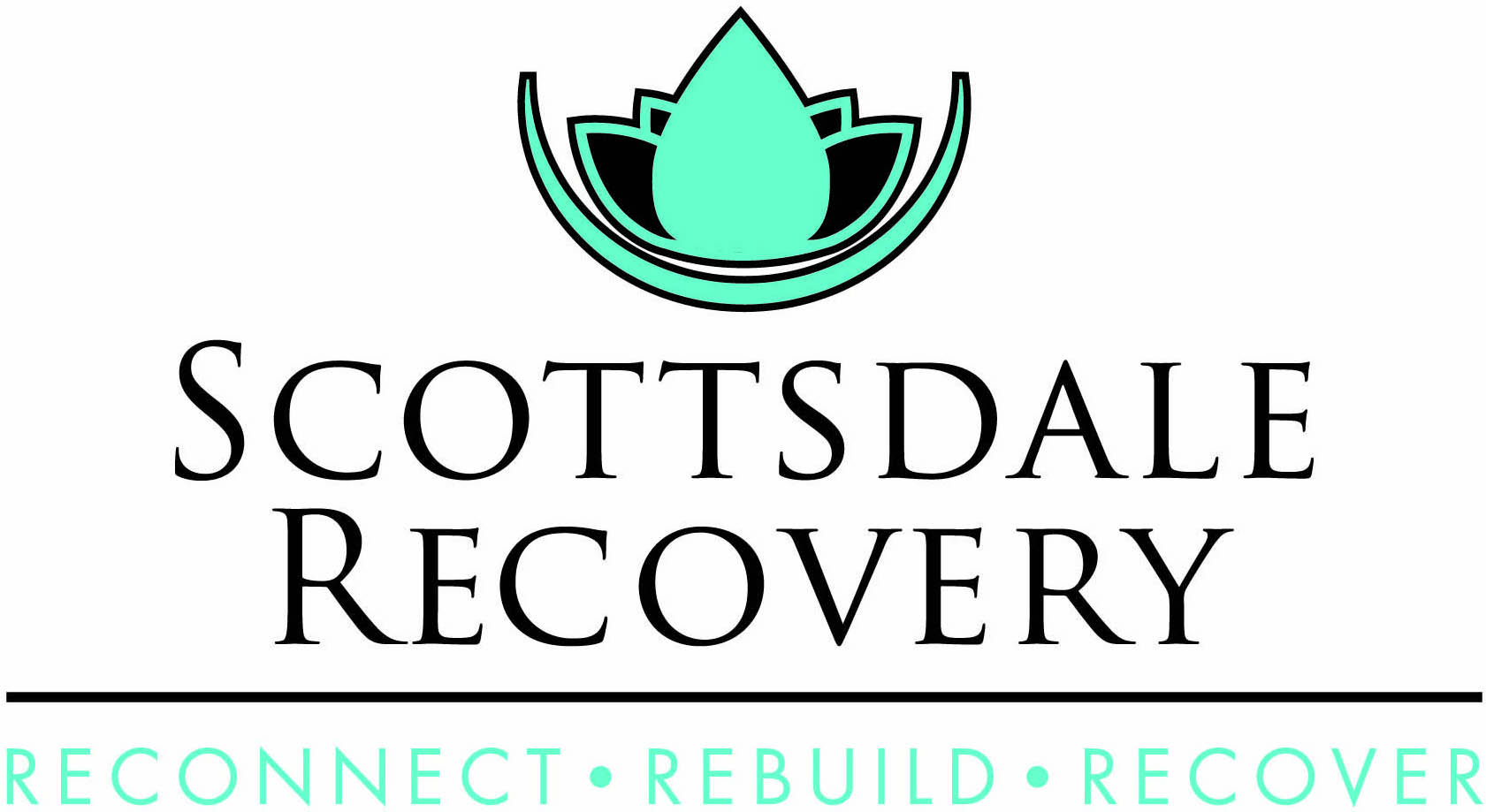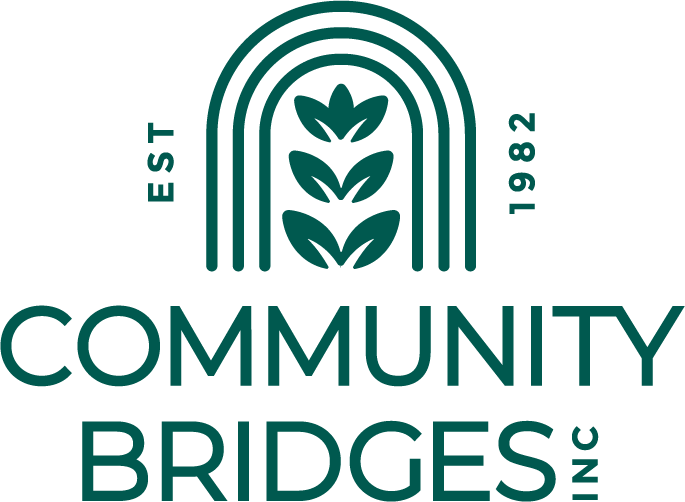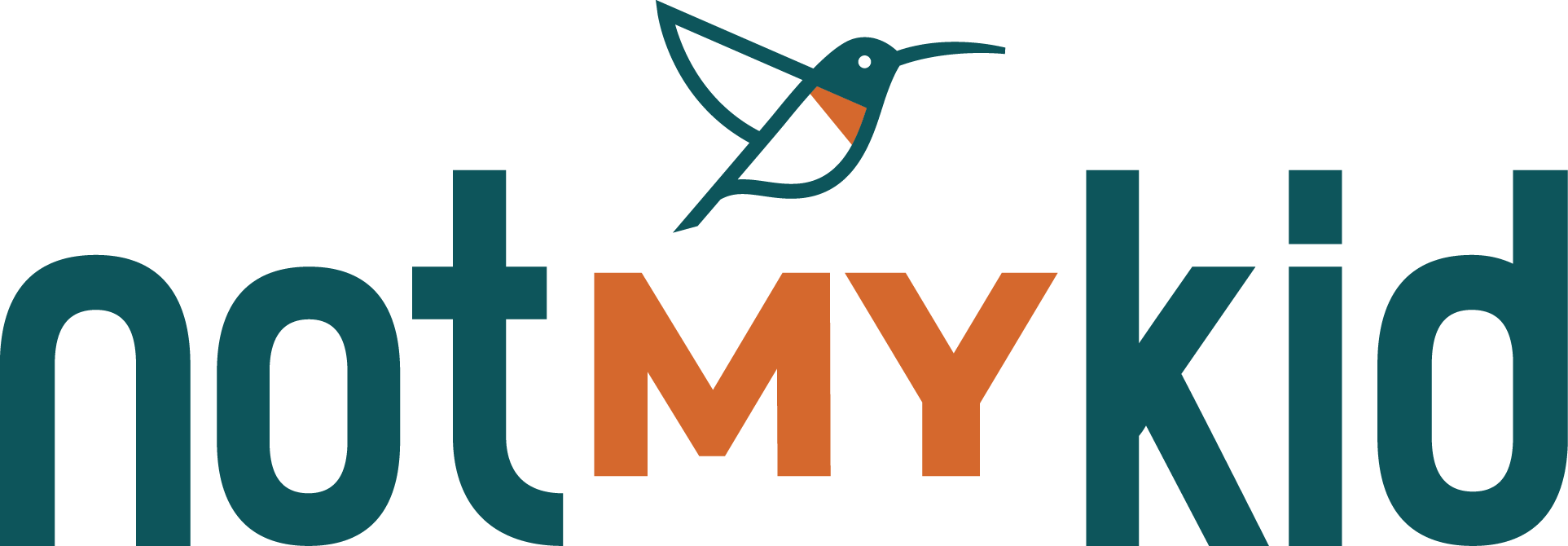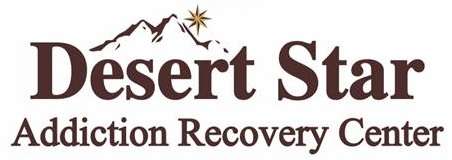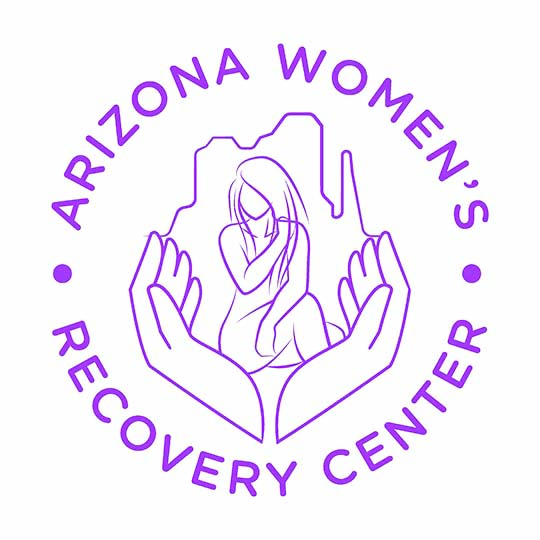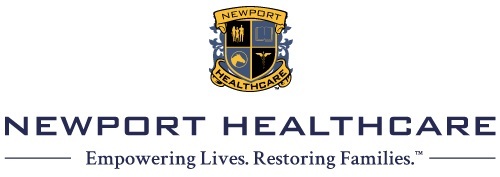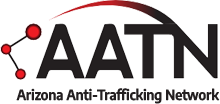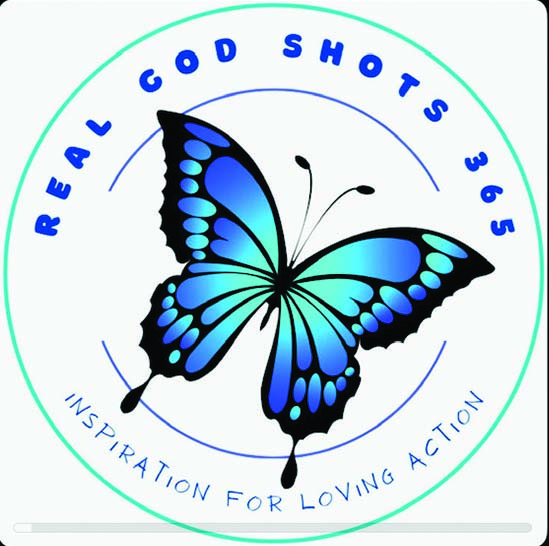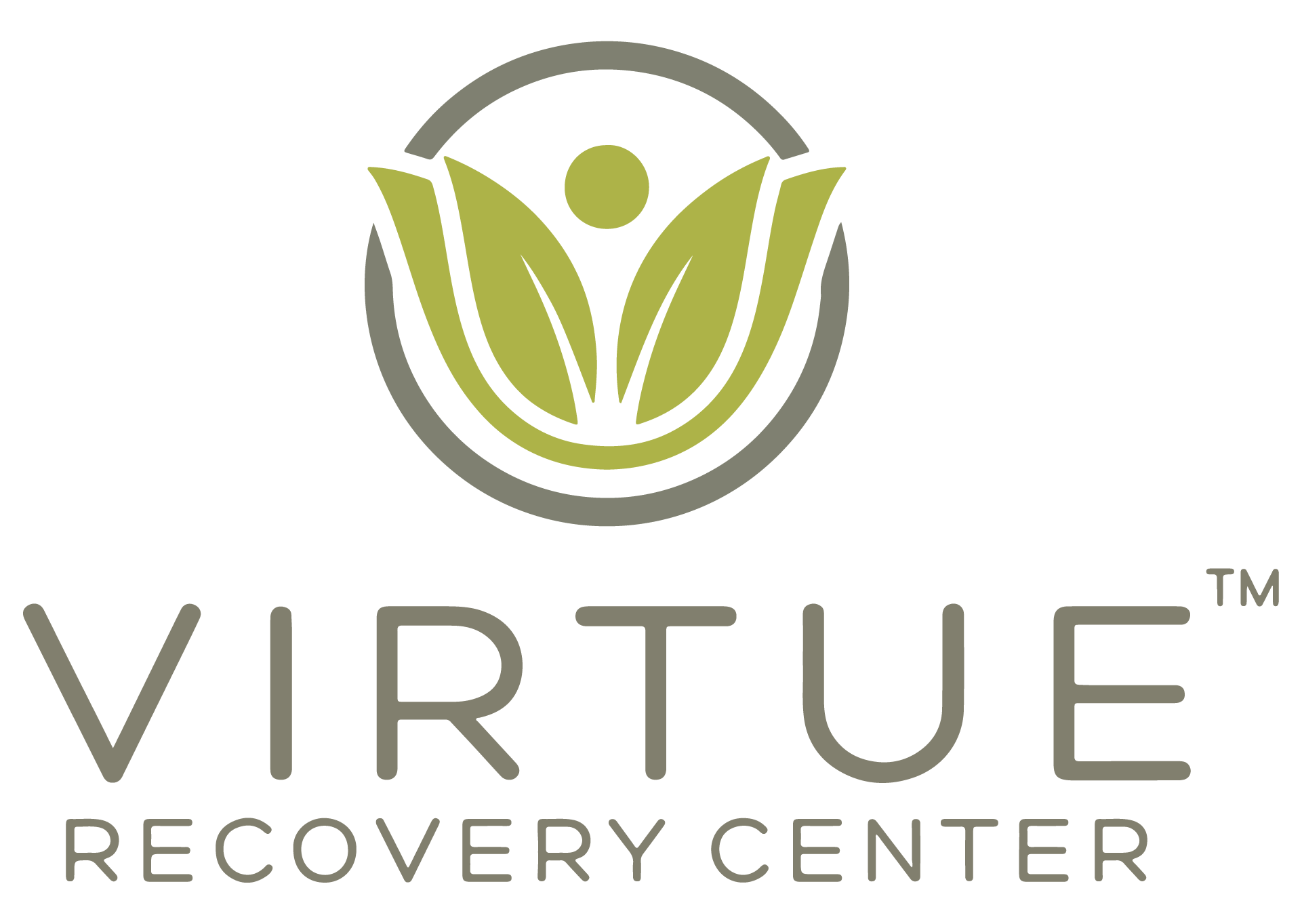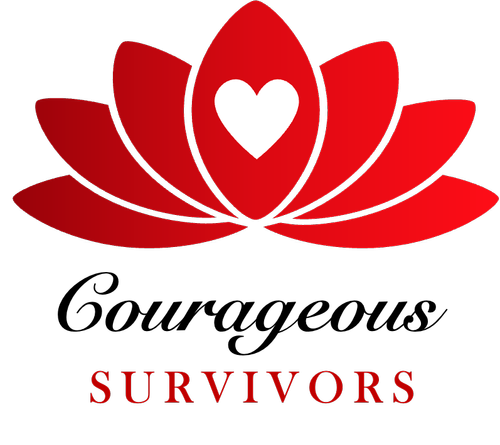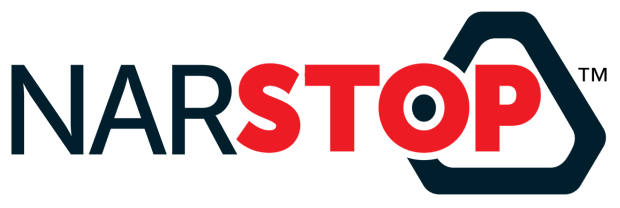By Stephanie Siete, Director of Community Education, Community Bridges, Inc. (CBI)
Let’s check in on the latest trends…Rx, E-cigs, Powdered Alcohol, Vapes, Dabs, BHO…What?
A teen engaging in risky behavior is not a new phenomenon. We tend to chalk it up to a rite of passage and something that might be expected. But are these unwritten rules something we should accept in today’s day and age? The drug world and has changed and we want you to know the latest.
As a community, we ask parents and loved ones to challenge the typical norms and help to protect our youth. We believe awareness is the key to challenging norms that may favor drug and alcohol use and we also know that knowledge will provide you with the tools to empower you. Teens are at a critical stage in their life and they need our guidance. Adolescents are making adult decisions based on limited years of life experience and that ever famous teen brain, which is not fully developed until the age of 25. Early onset of drug use and risky behaviors often put youth at serious risk very early in life. Some of these choices will lead them down a path of addiction and some may never bounce back. We have an opportunity to turn that around.
So what’s the good news?
 We can make a difference. Drug and alcohol abuse will always be a threat, so awareness is your tool. Emerging drug trends that we have never seen in our time, have posed a serious risk for our youth and so much is still unknown. Synthetic drugs like spice, bath salts (cathinones), kratom and 25i-nbome are a new breed of drugs in recent years. Prescription medication has existed as a form of treatment for decades, but abuse, addiction and death have been on a massive incline in the new millennium. Even our gateway or “kiddie” drugs have changed in terms of device and potency. Cigarettes are now battery powered, marijuana looks like honey and a concept of powdered alcohol has arrived.
We can make a difference. Drug and alcohol abuse will always be a threat, so awareness is your tool. Emerging drug trends that we have never seen in our time, have posed a serious risk for our youth and so much is still unknown. Synthetic drugs like spice, bath salts (cathinones), kratom and 25i-nbome are a new breed of drugs in recent years. Prescription medication has existed as a form of treatment for decades, but abuse, addiction and death have been on a massive incline in the new millennium. Even our gateway or “kiddie” drugs have changed in terms of device and potency. Cigarettes are now battery powered, marijuana looks like honey and a concept of powdered alcohol has arrived. Feel out of the loop? A little lost? The world of drugs is constantly changing. We are here to help.
The Revised Gateway Drugs
How many of us remember learning about drugs and to “just say no” from a program? Effective or not, this was some of the first exposure to the world of drugs in elementary or middle school. We learned about the popular drugs of alcohol, tobacco and marijuana. These drugs still reign as the top leading gateway for teens and Rx medication is a close fourth. Misperception about their dangers is our leading concern along with their dangerous potency and powerful addictive properties.
We have become a prescription (Rx) drug crazed society. According to the National Safety Council, the United States makes up 4.6% of the world’s population and has been consuming 80% of the global opioid supply and 99% of the hydrocodone. To put that into perspective, in 2010, enough prescription painkillers were provided to medicate every American around the clock for an entire month. (National Safety Council, 3/13/2014, Seven Startling Facts about Prescription Painkillers, www.nsc.org/Pages/Seven-startling-facts-about-prescription-painkillers-.aspx)
In Arizona, we saw 575 million pills prescribed in 2013 (Arizona Criminal Justice Commission Statistical Analysis Center). We don’t lack availability or accessibility for that matter. More than 70 percent of people who abused prescription pain relievers report getting them from friends or relatives. Only about 5 percent got the painkillers from a drug dealer or from the Internet. (National Safety Council, 3/13/2014, Seven Startling Facts about Prescription Painkillers, www.nsc.org/Pages/Seven-startling-facts-about-prescription-painkillers-.aspx)
Problem 1: The Rx drugs are here. Problem 2: Most don’t know the dangers.
Teens are curious about doctor prescribed medication and everyday people are being offered Rx meds as the best way to manage their pain. Our television commercials tell us “there is a pill for every ill.” The messaging gets confusing, yet let’s be clear…legal doesn’t mean safe. It never has.
The temptation to use prescription painkillers can be just as addictive and deadly as heroin. In 2012, the number one cause of death in 17 US states was prescription drug abuse (American Society of Interventional Pain Physicians, 10/11/11, The American Society of Interventional Pain Physicians (ASIPP)
Fact Sheet, www.asipp.org/documents/ASIPPFactSheet101111.pdf). This may sound like a startling statement, but more concerning is the lack of education with the general public. More people need to be “in the know” about the risks, even when medication is legitimately prescribed. Opioids are deadly and too many people continue to die.
Heroin: The Deadly Opioid Cousin
Heroin is not a gateway drug; although it continues to grow in popularity. Heroin does have a proven link to prescription painkillers because of its similar effects sold at a fraction of the price. It’s generally more affordable and no one can explain an opiate withdrawal if you have not experienced the pain yourself. Sometimes the only option is the street option. Recent statistics conclude that heroin use continues to rise in the US. In a 2012 report released by the National Survey on Drug Abuse and Health, from 2007 to 2012, the number of Americans using heroin nearly doubled, from 373,000 to 669,000 individuals.
E-cigs, Vapes, Dabs, BHO, What?
Prescription pills may be the newest to the list of gateway drugs, but the older ones are looking and smelling a lot different lately. Remember when cigarettes were pieces of paper you lit and smoked? Now they are electronic cigarettes consisting of battery operated devices that turn nicotine or other chemicals into a vapor. Some of these products look like an ordinary cigarette but when touched, one can feel they are metal and can be easily filled with liquid nicotine. E-cigs were designed to wean one off of smoking cigarettes by replacing the fumes with vapors; however one should ask…are vapors safer than smoke?
The jury (and the Surgeon General) is still out on this one. We just don’t know the long term effects. Not only should we be concerned about the vapor itself, but we should know the potential poisoning associated with liquid nicotine. Between 2012 and 2013, there was a 219% increase in poisoning exposures in the US (American Association of Poison Control Centers, E-Cigarette Devices and Liquid Nicotine, www.aapcc.org/alerts/e-cigarettes/)
Vaporizers or Vaping pens are also being used to smoke flavored tobacco but also cleverly being used to conceal marijuana. Individuals can use marijuana concentrates or hash oils in these products. The well-known plants can contain up to 20% of the hallucinogenic THC but the concentrates may be as potent as 90%, causing one to pass out or experience intense hallucinations (Miles Bryan, April, 18, 2014, Pot Smoke And Mirrors: Vaporizer Pens Hide Marijuana Use, National Public Radio (NPR)). Previously, pot had a pretty recognizable smell but with the newer smokable devices hitting the scene; it has made detection much harder.
More about Hash Oils and BHO
Wax, honey, budder, dabs and shatter are all the most recent slang associated with the newest and most potent form of marijuana, butane honey oil (BHO). The names of honey, wax and budder (butter) effectively describe the look of the product. No longer are police, parents and probation officers only searching for a bag of weed, but they are looking in lip balm containers for this gooey form of marijuana. With the success of online video sites, it doesn’t take one long to search for “BHO” on the internet and watch how to create the product.
What’s Trending with Alcohol?
Underage drinking is still the number one problem affecting American youth and young adults. It still remains the most commonly used and abused drug among youth in the United States. According to the Centers for Disease Control (CDC), people aged 12 to 20 years drink 11% of all alcohol consumed in the United States. More than 90% of this alcohol is consumed in the form of binge drinks. And on average, underage drinkers consume more drinks per drinking occasion than adult drinkers. (Centers for Disease Control and Prevention, January, 16, 2014, Fact Sheet — Underage Drinking, www.cdc.gov/alcohol/fact-sheets/underage-drinking.htm)
Clearly, we have our work cut out for us in preventing, intervening and treating the abuse of alcohol.
Mixed drinks, beer, wine, shots and even the pre-mixed alcohol energy drinks all well-known and commonly used but what about a powdered form of alcohol? If you have or currently work with a juvenile, then a product like this grabs your attention and probably creates a sense of fear or worry knowing a powered form in a small packet will easily be overlooked in a pant or purse pocket. Palcohol is a new concept in 2014.
Good News: It is NOT officially available and hasn’t been approved by the FDA (yet). Bad news: It has been approved by the US Alcohol and Tobacco Tax and Trade Bureau.
It is exactly as it sounds, a small tear away packet of powdered alcohol; coming in versions of rum, vodka and kamikaze. All you have to do is add water. Not much is known about the potency as use has not been reported; however it pays to take note of a new format and a potential new trend.
Cathinones, Spice, Kratom, 25i-nbome, Molly…the Never-ending List of Synthetic Drugs
Synthetic cannabinoids laced on plant material were first reported in the U.S. in December 2008, when a shipment of “Spice” was seized and analyzed by U.S. Customs and Border Protection (CBP) in Dayton, Ohio (Office of National Drug Control Policy, Fact Sheets – Synthetic Drugs http://www.whitehouse.gov/ondcp/ondcp-fact-sheets/synthetic-drugs-k2-spice-bath-salts). Ever since then, the US has seen an increase in unknown designer substances sold as “research chemicals” imported from places like Southeast Asia showing up in communities across America. Names like Kratom, 25i-nbome, K2 make these psychosis causing, suicidal feeling chemicals sound like foreign languages. Not commonly known or regularly reported, doesn’t mean they should be overlooked. Synthetic drugs are popular because they are NOT sold as drugs; rather sold as code words in gas stations and convenient marts as potpourri, incense, fertilizer, glass cleaner, bath salts, etc. They still state “not for human consumption”. These constantly changing chemicals are not all federally regulated. There are many different county ordinances and state bans around the US, making the sales hard to prosecute. However, DEA at a national level continues to investigate and take down the large production and distribution efforts.
Quick Facts and Concerns about the “Others.” The list goes on…
The word “crystal” has stuck with us when we are referring to methamphetamine. “Bath salts” fit right into this category of dangerous substances, as well. “Bath salts” are cathinones, a psychoactive substance with stimulant properties occurring naturally in a khat plant. This plant mixed with chemicals is being abused worldwide causing instant psychosis and long-term brain damage. The DEA has also deemed this drug an “imminent threat to public safety.”
Acid seems to be making a comeback under the name 25i or nbome. Sadly, more and more deaths around the US are being reported. These new forms of synthetic LSD are used with a blotter or drops that may be put in the nose or on the tongue. It has a rapid onset and can cause intense hallucinations but little beyond that is well known.
The name, “Molly” is not a friend; not in the drug world. She is sung about, talked about and commonly abused on the party scene. She has been referred to as ecstasy in pop music, but the reality is that when Molly pills are tested with forensic science, they can be anything. Molly can be forms of heroin, meth, cathinones, MDMA, or even baking soda. It’s a term that has been used since the 60’s. That’s all it is; a term.
Kratom is legal in the US and commonly used in Southeast Asia. It is an opioid that is put into teas or may be chewed; consumed in small doses it can produce a stimulant effect. However, larger doses provide that respiratory weakness all opioids are known for. This is a cheap and readily available substance that looks like spice and can cause nausea, hallucinations, tremors and aggression.
The consensus of synthetics is that little is truly known with their chemistry as the combinations of chemicals vary with each drug; the short and long term effects are unknown as testing is in the early stages and a treatment plan is hard with minimal information.
Taking Action
Here we are coming full circle. We know that drug use is risky; more so today than ever in history. We have so many new drugs that have not been tested and have no known long term effects. We, as a community, need to do our part. We need to share our knowledge with today’s risk takers. We need to emphasize that legal does NOT mean safe. Access resources that will help you find the tools to spark up meaningful conversation, detect possible warning signs and know how to find help if it is needed for a family member or friend.
Here are some of CBI’s top resources:
Let’s help others “Be in the Know.” You are now.
“Parents In the Know” workshops are available at no cost to the community thanks to a grant made possible by the Governor’s Office for Children, Youth and Families- Parents Commission. We also offer Rx360 classes, specifically educating parents about how to prevent misuse and abuse of prescription drugs with youth and teens. Join us or be a host of a future workshop! Please contact Stephanie Siete at [email protected] to schedule.
Stephanie Siete is the Director of Community Education for Community Bridges, Inc. (CBI).
Ms. Siete is an expert prevention trainer on drug trends and community resources spending the majority of her time educating the public about the realities of drug abuse. http://communitybridgesaz.org/






